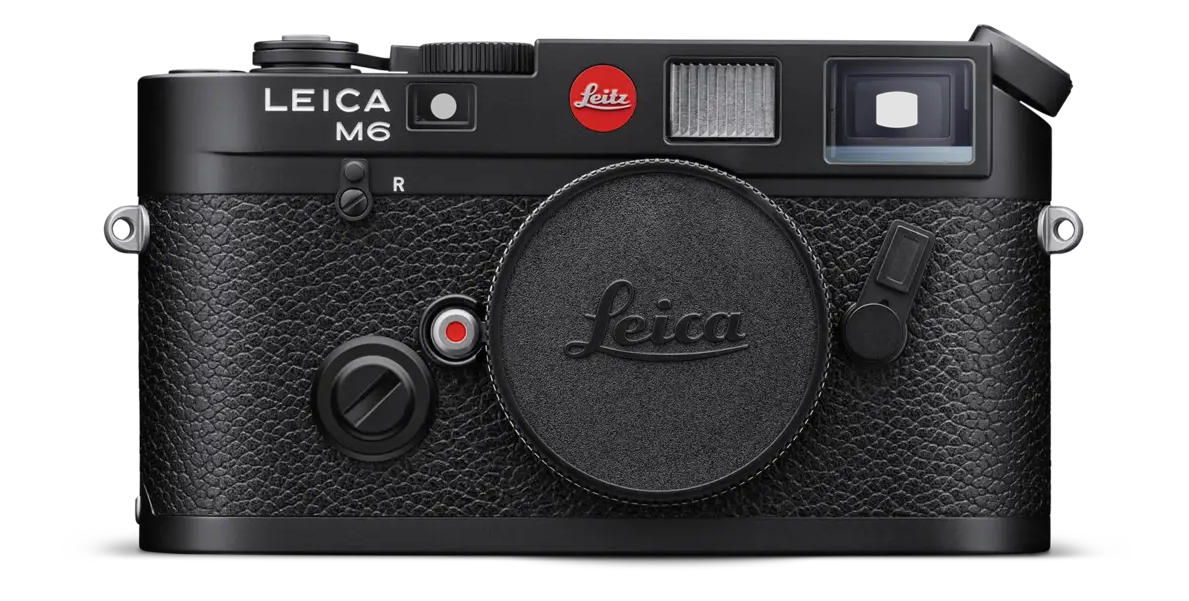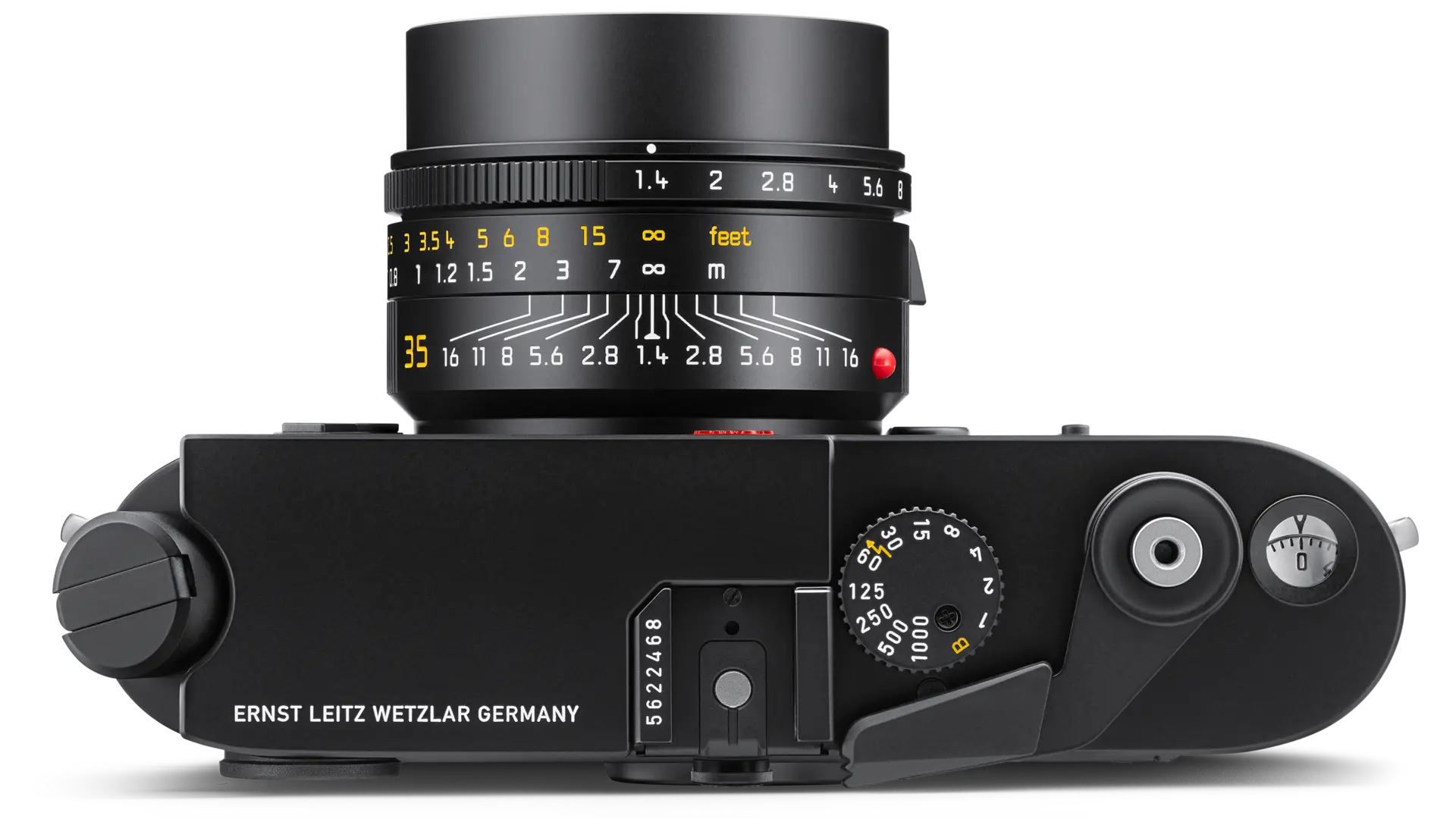One 35mm Film Camera
The one 35mm film camera we think you should own is the Leica M6.
Published on 03 Mar 2025
Brand: Leica
Tags: cameras photography
The 35mm format revolutionised photography, offering a compact and practical alternative to large-format and medium-format cameras. While early 35mm cameras like Jules Richard’s Homeos (1913–1920) and the Tourist Multiple (1913) existed, they were not widely adopted. The Tourist Multiple, for example, cost $175 in 1913—equivalent to around $4,000 today—making it inaccessible to most people.
It was Leica that truly popularised the format. In 1913, Oskar Barnack, an engineer at Leitz, developed a compact 35mm still camera, adapting cinema film for photography by turning it horizontally to create the now standard 24x36mm frame size. A second prototype followed in 1914, but it wasn’t until 1923 that the project gained traction. Under the leadership of Ernst Leitz II, the company produced a small test batch, leading to the Leica I’s official launch in 1925. This marked the beginning of Leica’s legacy in 35mm photography.
The one 35mm film camera we think you should own is the Leica M6.
Leica’s M system debuted in 1954 with the M3, followed by the M2 (1957), M4 (1966), and M5 (1971). The M6 arrived in 1984, remaining in production until 1998, with the M6 TTL version extending its run until 2002.

A fully mechanical 35mm rangefinder, the M6 introduced one crucial upgrade over its predecessors: a built-in TTL (Through The Lens) light meter. Unlike SLR cameras, which provide a direct optical view through the lens, rangefinders use a separate viewfinder and focusing patch, offering a bright, unobstructed view of the scene. The M6 retains the manual operation and precision engineering of earlier Leica models while adding the convenience of metered exposure.
The Leica M6 is widely regarded as one of the most reliable and iconic film cameras ever made. Its fully mechanical operation ensures that while the built-in light meter requires a battery, the shutter remains functional even without one.
All M6 models feature TTL metering, but they come in two main variations. The M6 Classic (1984–1998) features an LED meter display that automatically shuts off after 9 seconds. The M6 TTL (1998–2002) includes a larger shutter dial for easier operation, extends the meter’s auto-off time to 11 seconds, and adds dedicated flash metering for improved compatibility with external flashes.

The M6 offers a distraction-free shooting experience, with no autofocus or program modes—just full manual control for deliberate, precise composition. Its serviceability remains a strong advantage, as Leica and specialised repair shops continue to provide maintenance and support, making it a long-term investment for photographers and collectors alike.
The camera is durable and long-lasting. The top and bottom plates are made from magnesium alloy, making it slightly lighter than the M3 and M4 without sacrificing durability.
Pairing the M6 with a Leica 35mm Summicron lens makes for an excellent street and travel photography setup, balancing portability with exceptional optical quality.
The Leica M6 is readily available in second-hand marketplaces. There are multiple special editions of the camera, making it an attractive option for collectors.
Among the older M6 versions, the Leica M6 TTL Black Paint LHSA 2000 stands out. Released in 2000, this model features a brass top plate that develops a unique patina over time, enhancing its classic design.
In 2022, Leica reissued the M6, staying faithful to the original’s simplicity while introducing modern refinements like an updated light meter and improved viewfinder optics. This reissue maintains the M6’s robust construction and mechanical reliability, reinforcing Leica’s commitment to film photography.
For photographers seeking a durable, refined camera with a heritage of excellence, the Leica M6 is an ideal choice. With its enduring build, classic aesthetic, and Leica’s lifetime servicing options, the M6 offers both the thrill of film photography and the reassurance of ongoing support—truly a camera built to last.
Also Consider
If you prefer a fully manual experience with no exposure meter, consider the Leica M-A or Leica M4. For aperture priority shooting, the Leica M7 offers the same film advance lever and rewind crank as the M6 while adding automatic exposure control. If you want to stay in the Leica family, the Leica MP is another excellent 35mm camera with a mechanical design similar to the M6.